Avocados are among the most loved fruits worldwide. Known for their creamy texture, rich flavor, and health benefits, they’re a staple in salads, smoothies, and spreads. But beyond enjoying them on your plate, growing an avocado tree at home can be a deeply rewarding experience. Watching a simple seed transform into a thriving plant—and eventually into a fruit-bearing tree—feels magical.
This guide, “Avocado Diaries: How to Nurture a Seed into a Tree,” walks you through every stage of the journey, from sprouting a pit on your windowsill to cultivating a lush tree that could one day reward you with fresh avocados. Whether you’re a gardening enthusiast or a curious beginner, these steps and insights will help you succeed.
Why Grow an Avocado Tree at Home?
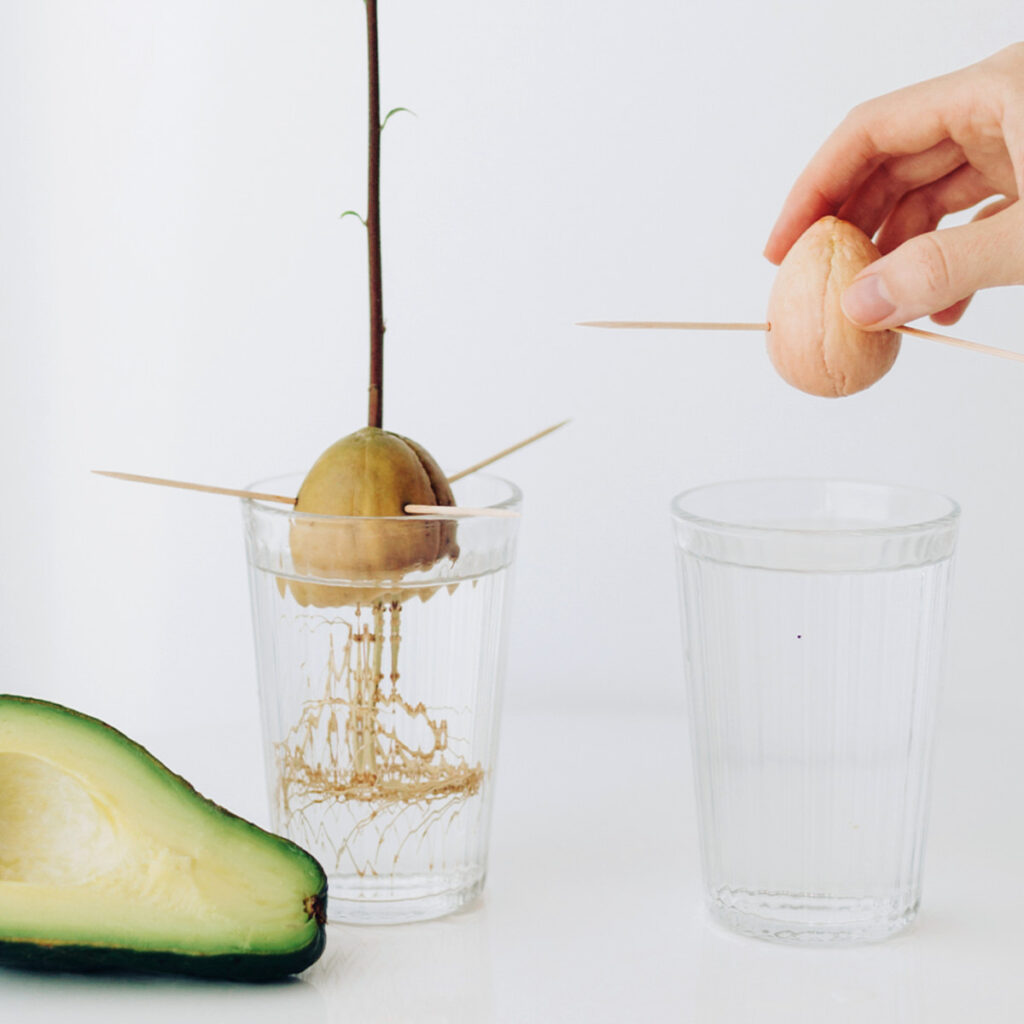
Before diving into the process, it’s worth asking: why bother? After all, avocado trees can take several years to produce fruit, and not all seed-grown plants guarantee harvests. Here are some compelling reasons:
- Sustainability: Instead of tossing the pit, you’re giving it a second life.
- Decorative Appeal: Avocado plants make beautiful, leafy houseplants.
- Learning Experience: It’s an engaging project for children and adults alike.
- Potential Harvests: With patience, your tree could bear fruit in 5–10 years.
Step 1: Choosing the Perfect Seed
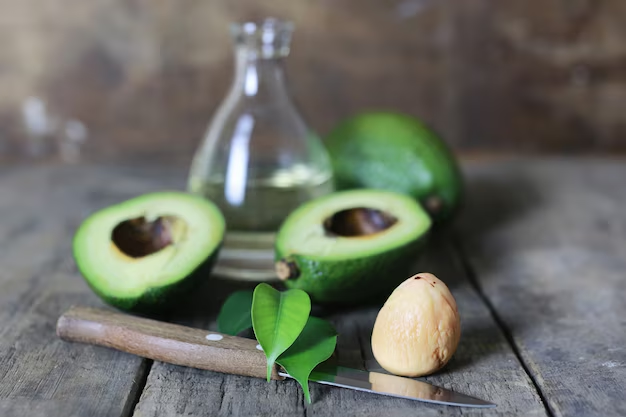
The journey begins when you enjoy your next avocado. Select a healthy, ripe fruit. After scooping out the delicious flesh, carefully remove the pit. Rinse it thoroughly under lukewarm water to remove any remaining pulp. Avoid using soap or scrubbing too hard, as you don’t want to damage the seed coat.
Look closely at the pit: one end is slightly pointed, and the other is flat. The flat end is where the roots will sprout, while the pointed end will send up the shoot. Keeping this orientation in mind is essential for proper growth.
Step 2: The Classic Toothpick Method
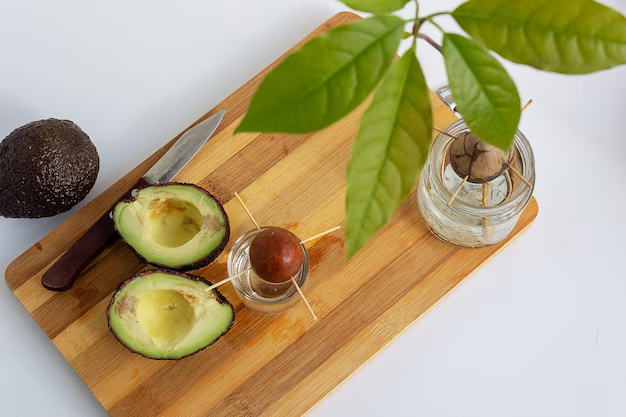
The most popular way to sprout an avocado seed is by suspending it in water with the toothpick method.
How to Do It:
- Insert three to four toothpicks evenly spaced around the middle of the seed.
- Place the seed over a glass of water, with the flat end submerged about an inch.
- Position the glass in a sunny windowsill with indirect light.
- Change the water every 3–4 days to prevent mold or bacteria buildup.
Within 2–8 weeks, you should see roots emerging from the bottom and a stem sprouting from the top. Some seeds take longer, so patience is key.
Step 3: Transitioning to Soil
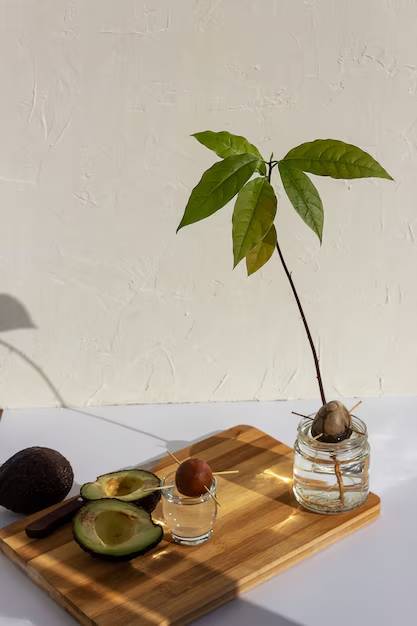
Once your seedling has a healthy root system (about 3 inches long) and a stem that’s 6–8 inches tall, it’s ready for potting.
Potting Tips:
- Choose a pot that is at least 10 inches deep with drainage holes.
- Use a well-draining soil mix, ideally with sand or perlite to mimic avocado’s natural environment.
- Plant the seedling with half the seed above the soil surface.
Place the pot in a sunny indoor spot, such as near a south-facing window. Avocado trees love sunlight, requiring at least 6 hours of bright light daily.
Step 4: Watering and Feeding
Avocado trees are sensitive to water balance. Overwatering can suffocate the roots, while underwatering can cause drooping leaves.
- Watering Rule: Keep the soil moist but never soggy. Stick your finger into the soil—if the top inch feels dry, it’s time to water.
- Humidity: Avocados appreciate moderate humidity. Mist the leaves occasionally if your home is dry.
- Feeding: During the growing season (spring and summer), feed your plant with a balanced liquid fertilizer every 4–6 weeks.
Step 5: Pruning for Healthy Growth
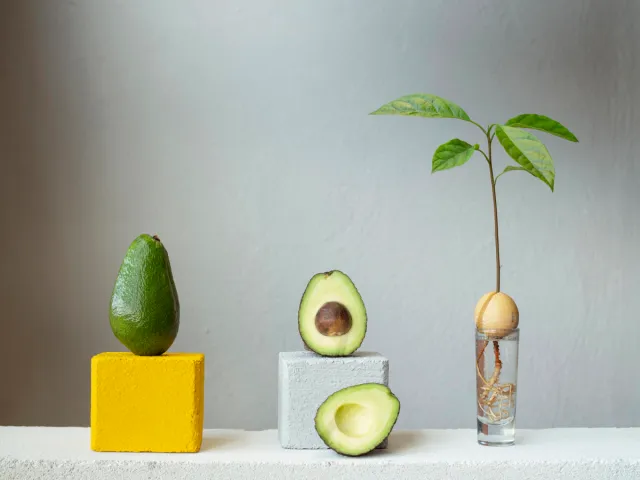
Pruning is essential for shaping your avocado plant into a sturdy tree rather than a tall, leggy stalk.
- When the stem reaches 12 inches, pinch off the top two leaves.
- For every 6 inches of new growth, repeat the process.
- This encourages branching and fuller foliage.
Step 6: Transplanting Outdoors (Optional)
If you live in a warm climate (USDA zones 9–11), you may eventually move your avocado tree outdoors.
Tips for Outdoor Transplanting:
- Choose a sunny, sheltered location with well-draining soil.
- Dig a hole twice as wide and deep as the root ball.
- Plant the tree at the same depth it was growing in the pot.
- Mulch around the base to retain moisture, but keep mulch away from the trunk to prevent rot.
Outdoor trees can grow 30–40 feet tall, creating shade and potentially producing abundant avocados.
Step 7: Patience and Pollination
Here’s where many growers get impatient: fruiting. Avocado trees grown from seeds can take 5–10 years to produce fruit—and sometimes never do. For guaranteed harvests, most commercial growers use grafted trees.
However, seed-grown trees still offer beauty and learning. If your tree does flower, remember: avocados have unique pollination needs. They produce both male and female flowers but open at different times. Having two trees of different varieties nearby increases the chances of pollination and fruit set.
Common Challenges and Solutions
- Yellow Leaves: Usually a sign of overwatering. Let the soil dry slightly before watering again.
- Leggy Growth: The plant needs more light. Move it closer to a sunny window or use a grow light.
- Pests (spider mites, scale): Wipe leaves with a damp cloth or use insecticidal soap.
- No Sprouting: Some seeds are simply not viable. Don’t be discouraged—try again with another pit.
Fun Alternatives: Growing Without Toothpicks
While the toothpick method is traditional, you can also sprout avocado seeds directly in soil:
- Place the seed flat side down in a small pot of moist soil.
- Keep the top half exposed.
- Water lightly and place in bright, indirect light.
This method reduces transplant shock since the roots develop directly in soil.
Health and Wellness Connection
Growing an avocado tree isn’t just about the fruit—it’s about well-being. Caring for plants reduces stress, improves indoor air quality, and brings nature into your home. And when that first avocado finally ripens on your tree, the satisfaction of enjoying a homegrown superfood is unmatched.
Conclusion: Writing Your Own Avocado Diary
Every avocado seed tells a story. Some sprout quickly, others test your patience. Some stay as leafy houseplants, while others may grow into towering fruit trees. The journey is what makes it magical.
By following these steps—selecting a healthy seed, sprouting, potting, watering wisely, pruning, and patiently nurturing—you can transform a humble pit into a thriving tree. Along the way, you’ll gain not just a plant, but also resilience, patience, and joy in watching life unfold.
So the next time you enjoy avocado toast or guacamole, save that seed. It could be the beginning of your own Avocado Diary—a living testament to growth, care, and the possibility of someday harvesting your very own homegrown avocados.
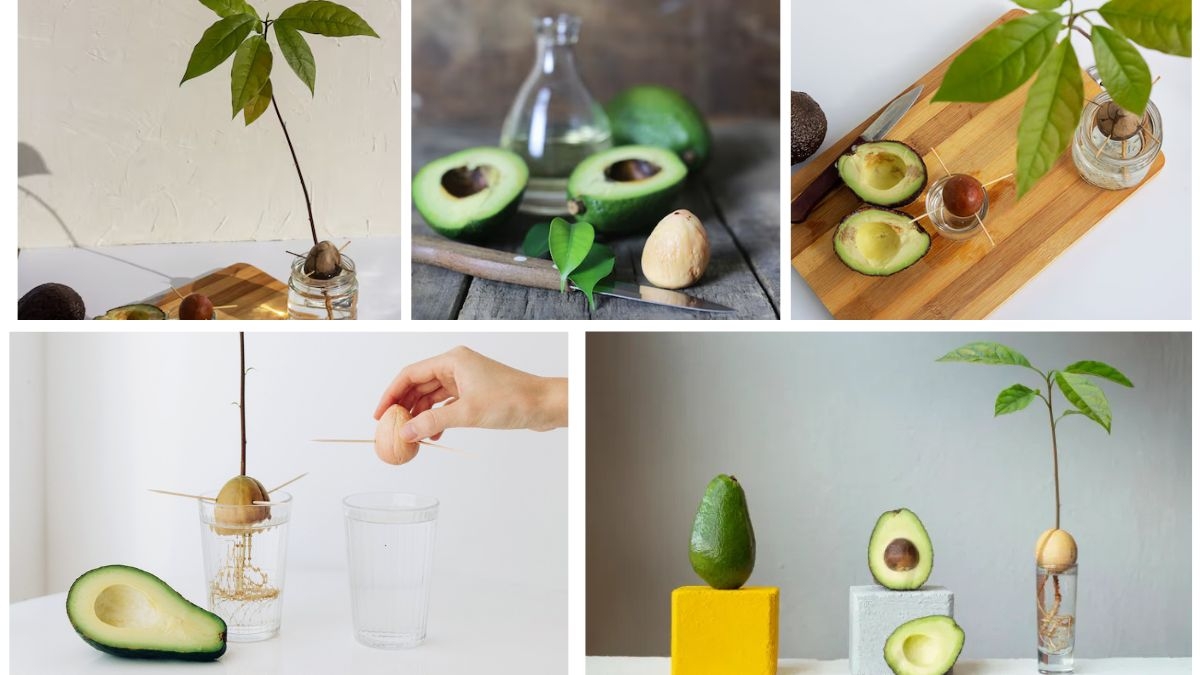





Leave A Comment